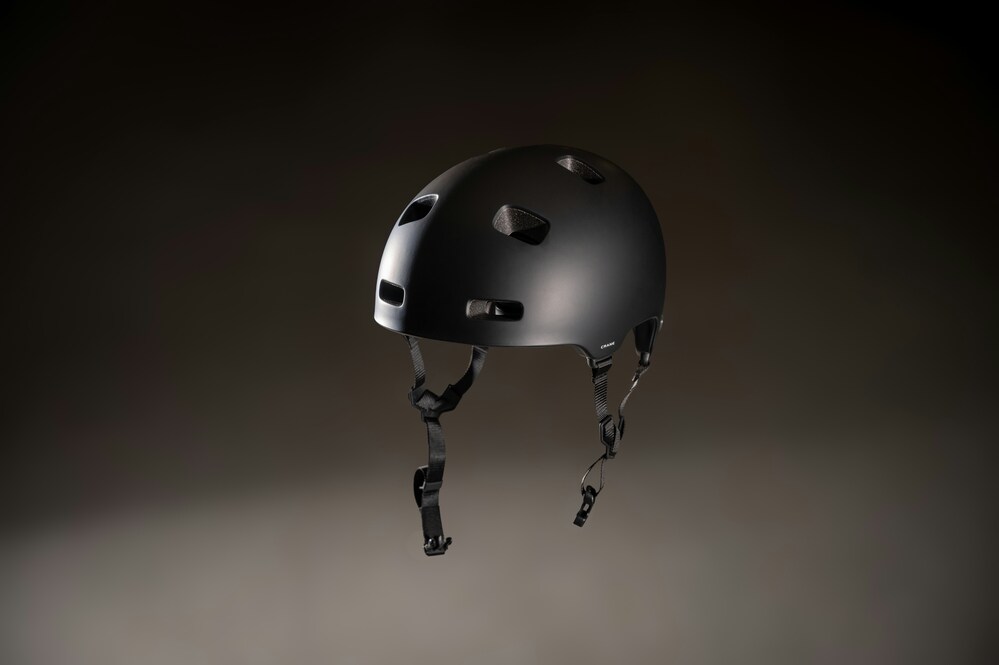Selecting the right cycling helmet involves more than just picking a style you like. With various models available, understanding the key features and how they align with your needs can make a significant difference in both comfort and safety. This guide will walk you through the essential factors to consider, ensuring you make a well-informed choice.
Fit: Finding the Perfect Size
The fit of a cycling helmet is arguably the most critical factor to consider. A helmet that does not fit properly will not offer adequate protection and may be uncomfortable. To ensure the best fit, start by measuring your head circumference. Most helmets come with adjustable straps and padding to accommodate different head shapes and sizes. When trying on a helmet, it should sit level on your head, covering your forehead without tilting back.
The straps should form a V-shape just below your ears, and the buckle should be snug under your chin. Many modern helmets include a retention system that allows you to fine-tune the fit for comfort and security. It is advisable to adjust these systems to get a fit that feels snug but not overly tight. An improperly fitted helmet can move around or even fall off during a fall, reducing its effectiveness.
Ventilation: Keeping Cool on the Road
Cycling often involves exertion, and good ventilation in a helmet can help keep you cool and comfortable. Helmets are designed with multiple vents to allow airflow and reduce heat buildup. The number, size, and placement of vents can vary significantly among different helmet models.
While more vents generally mean better airflow, they can sometimes compromise the helmet’s structural integrity. It’s essential to strike a balance between adequate ventilation and protection. If you frequently ride in hot climates, you might prioritize helmets with larger and more numerous vents to prevent overheating. Conversely, if you ride in cooler temperatures, a helmet with fewer vents might be sufficient and could provide better protection against cold winds.
Safety Ratings: Ensuring Adequate Protection
Safety is a primary concern when choosing a helmet, and understanding safety ratings can help ensure you pick a helmet that meets high standards. In many countries, cycling helmets must meet specific safety certifications, such as those from the Consumer Product Safety Commission (CPSC) in the United States, or the European EN 1078 standard.
These ratings indicate that the helmet has passed rigorous impact tests and provides a minimum level of protection. When selecting a helmet, check for these certifications on the product label or packaging. Additionally, some helmets offer advanced safety features such as MIPS (Multi-directional Impact Protection System), which enhances protection by allowing the helmet to rotate slightly upon impact, reducing the rotational forces transferred to the brain.
Style and Design: Balancing Aesthetics and Functionality
While safety and fit are paramount, the style and design of a helmet can also play a role in your decision-making process. Helmets come in various designs, from sleek and aerodynamic models to more casual and colorful options.
Choose a style that fits your personal taste and matches your cycling gear. However, be mindful that design elements can sometimes affect functionality. For instance, some helmets with unique shapes or designs might offer less coverage or have fewer vents. Balancing aesthetics with functionality ensures that you not only look good but also have a helmet that performs well.
Additional Features: Considering Extra Benefits
Modern helmets often come with additional features that can enhance your cycling experience. Some helmets include integrated lights, which can increase your visibility in low-light conditions. Others have built-in visors to protect your eyes from the sun and rain.
Additionally, removable and washable padding can be a valuable feature for maintaining hygiene and comfort over time. While these features are not essential, they can offer added convenience and improve your overall riding experience. When considering these extras, evaluate how they align with your riding habits and needs.
Conclusion
Selecting the right cycling helmet involves evaluating several key factors, including fit, ventilation, safety ratings, style, and additional features. By understanding these elements and how they impact your comfort and safety, you can make a choice that enhances your cycling experience and provides the protection you need. Take your time to try on different models, check safety certifications, and consider both functional and aesthetic aspects to find the helmet that best suits your needs.




